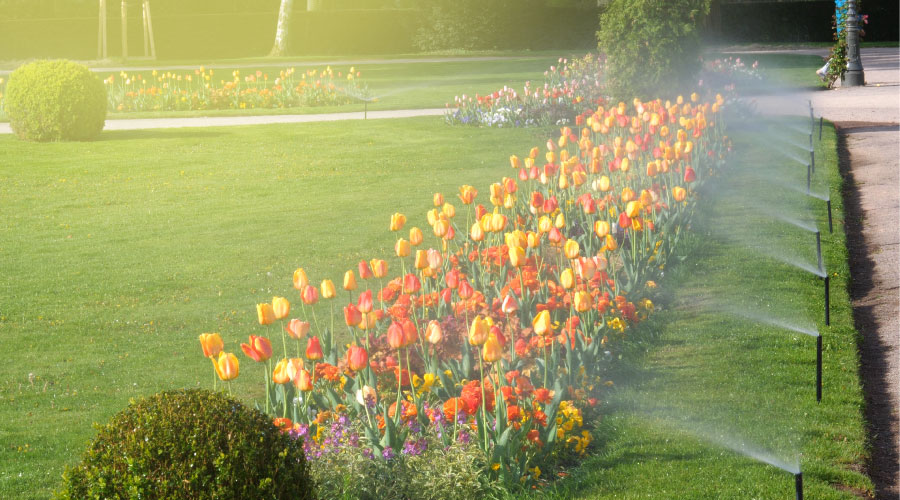5 Steps to Sustainable Landscapes
1. Forget Fossil Fuels
Grounds management practices for many institutional facilities have evolved greatly in recent years to employ more sustainable techniques. But the changes have come slowly, propelled by government regulations and by a growing community that desires change. It also has taken years for manufacturers to develop products that are environmentally responsible and competitively priced.
In addition to these pressures, building owners also have realized that incorporating sustainable practices into their sites and operations increases the value of their properties and businesses, as well as the productivity of workers.
Sustainable grounds operations protect natural resources, including air and water quality, topsoil quality, drainage patterns, and all types of wildlife and the food chain they depend upon — insects, bees, snakes, small mammals, rodents, and plant food sources.
While the body of information on sustainable landscapes can be overwhelming, grounds managers who follow these five key principles can make major strides toward improving their sites’ sustainability.
Managers should reduce or eliminate the use of fossil fuels in grounds equipment, including products that are made with them. Managers can specify electric grounds equipment instead of gasoline-powered equipment.
This move favors equipment that uses power generated in a more sustainable manner than energy produced from fossil fuel. Electricity-powered equipment is also much quieter.
Corded electric tools have a limited range, but improvements in battery-powered equipment can help departments cut the cord and expand their range. Managers can select from among several highly-rated, commercial-grade, battery-powered mowers, as well as leaf blowers, turf and hedge trimmers, and chain saws. Rapidly expanding hybrid or fully electric maintenance vehicles also offer managers sustainable options.
Managers also can convert landscape lights to LEDs to minimize the use of fossil fuels. An array of lamps and luminaires are available in LED form, and they typically use 10 percent less energy than metal halide or fluorescent products, which were previously considered the standard for low energy use.
Related Topics:
















